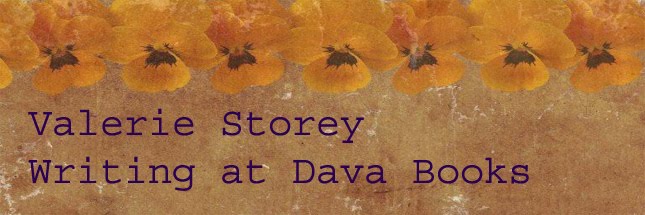So what did 2012 bring for you? For me it was a mixture of creativity, big changes, and a whole lot of fun, starting with:
- Publishing my Gothic romance novel, Overtaken in both paperback and Kindle editions.
- Creating the book trailer for Overtaken.
- I sold my house (a miracle in this current market).
- Moved into a rental condo--and I love it. No maintenance. No gardening. No "what if I want to sell it?"
- My day job moved into spacious new premises.
- Although I had a great little studio at my old house, I now have a new space three times bigger.
- I participated in National Novel Writing Month, and reached my 50K goal!
- Took a fantastic 3-day screenwriting seminar aka "screenwriting boot camp" and learned that writing a screenplay is just as difficult as I thought it was, LOL.
- I also took a 6-week oil pastel class and found my true north. I absolutely adore oil pastels now--especially Sennelier brand.
- Went camping in an RV for the very first time--and found out I love RVs. Will have to do this one again very soon.
- Prepared two manuscripts for 2013 submission: my nonfiction book, A Pet Owner's Book of Days, and a new novel, The Abyssal Plain.
- Kept up with this blog and had two fantastic giveaways. Big congratulations to my winners!
Tip of the Day: As a journaling exercise for next year, make a practice every evening of writing down 12 things that made the day special for you in some way: for instance, accomplishments both large and small; important insights that arrived unexpectedly; a line from a book that caught your imagination. Remember to not judge, just write.






















